Gentle Power: Biodegradable Cleaners for Leather Furniture
Chosen theme: Biodegradable Cleaners for Leather Furniture. Welcome to a cozy corner of clean where sustainability meets craftsmanship. Discover how planet-friendly formulas lift grime without dulling patina, and learn routines that keep your leather supple for years. Enjoy, share your experiences, and subscribe for more eco-smart leather care inspiration.
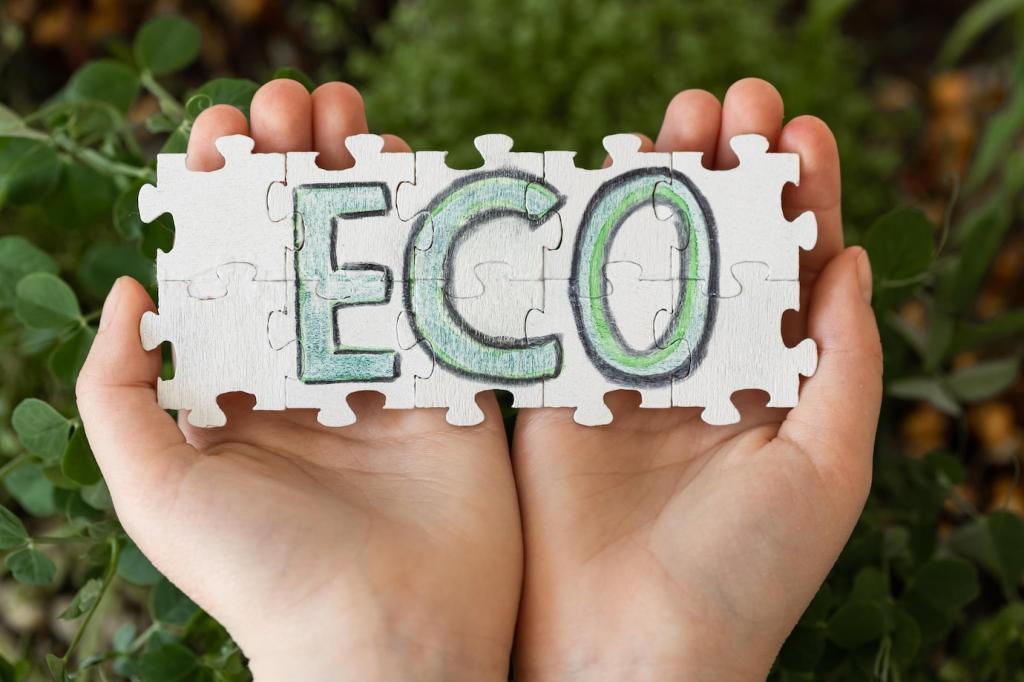
The Science Behind Biodegradable Leather Care
A biodegradable cleaner is formulated so microbes can digest it into water, carbon dioxide, and biomass under typical environmental conditions. For leather furniture, that means fewer persistent residues lodging in seams, and a chemistry gentle enough to respect finishes, dyes, and natural oils that keep hides resilient.

Ingredients That Work (And Why They’re Leather-Friendly)
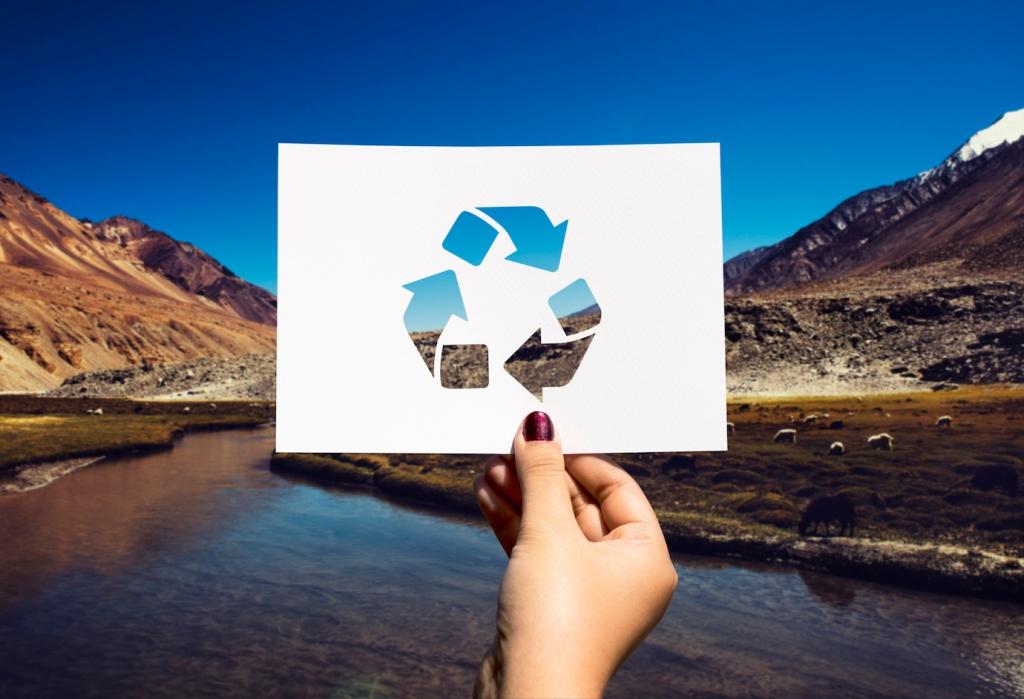
Surfactants such as decyl glucoside and coco glucoside come from sugars and plant oils. They break surface tension, encapsulate grime, and rinse cleanly. Compared to strong petro-solvents, they respect protective coatings and minimize color lift, making them ideal for routine wipe-downs on frequently touched arms and cushions.
Techniques For Safe, Effective Cleaning With Biodegradables
Always test on a hidden panel, like behind a cushion zipper or under the seat overhang. Apply diluted cleaner to microfiber, not directly to leather, and use small circular motions. Microfiber’s split fibers trap particles gently, reducing abrasion while allowing biodegradable agents to loosen soils efficiently and predictably.
Techniques For Safe, Effective Cleaning With Biodegradables
For fresh spills, blot first, never rub. Food smudges respond to a mild plant-based surfactant solution; body oils yield to enzyme-enhanced biodegradable cleaners used sparingly. Ink is tricky—dab with a specialty leather-safe formula and stop early. Share your toughest stain story in the comments so others can learn.
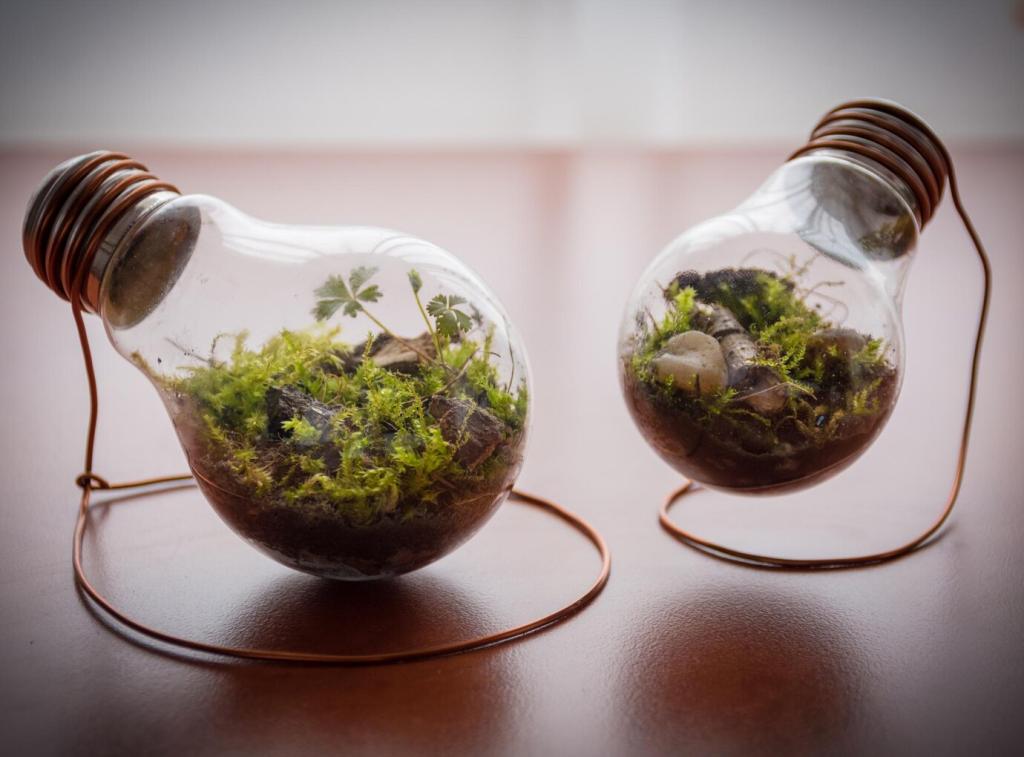
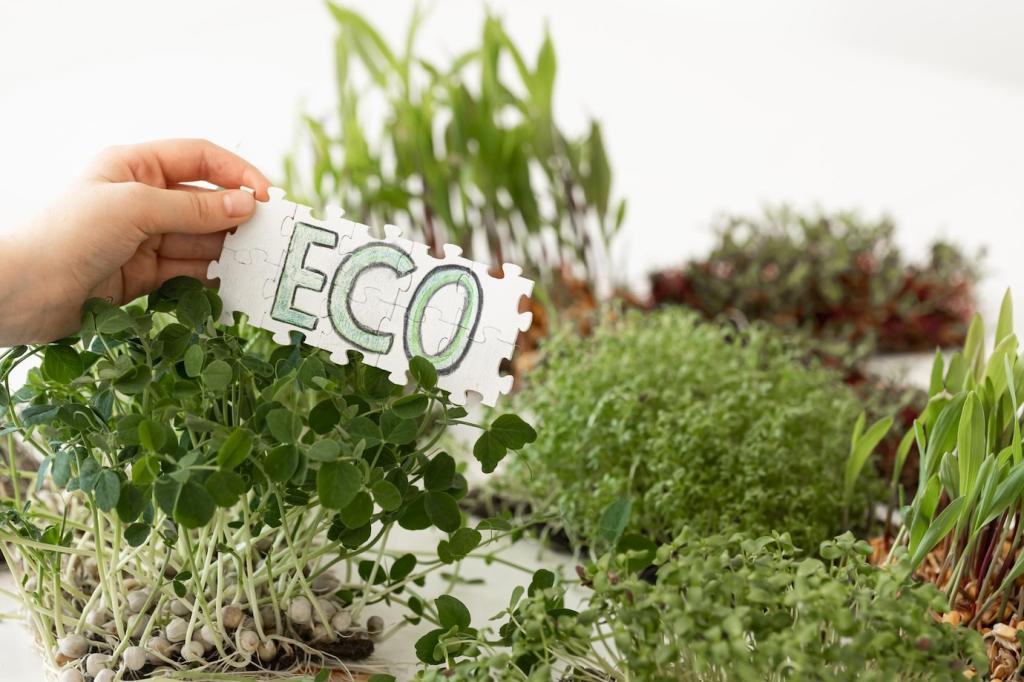
Sustainability Beyond The Bottle
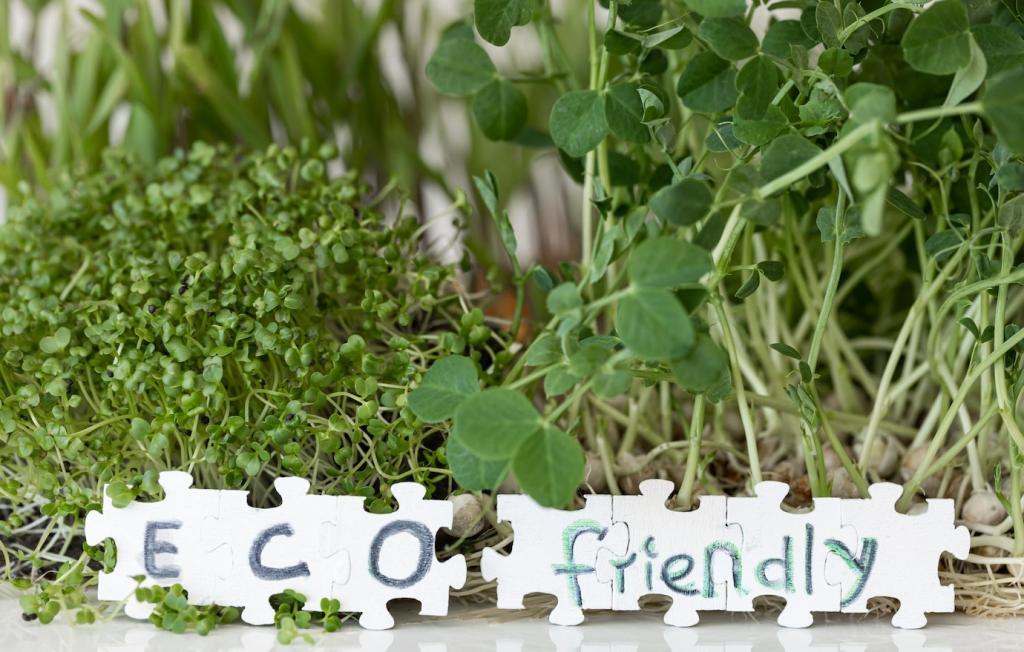
Wastewater kindness, one cleaning at a time
Readily biodegradable surfactants break down faster in municipal systems, reducing ecological persistence. When you use only what you need and avoid rinsing excess down drains, you further limit impact. Small habits, like wringing cloths into a bucket, concentrate residues for proper disposal and keep sinks a little cleaner.
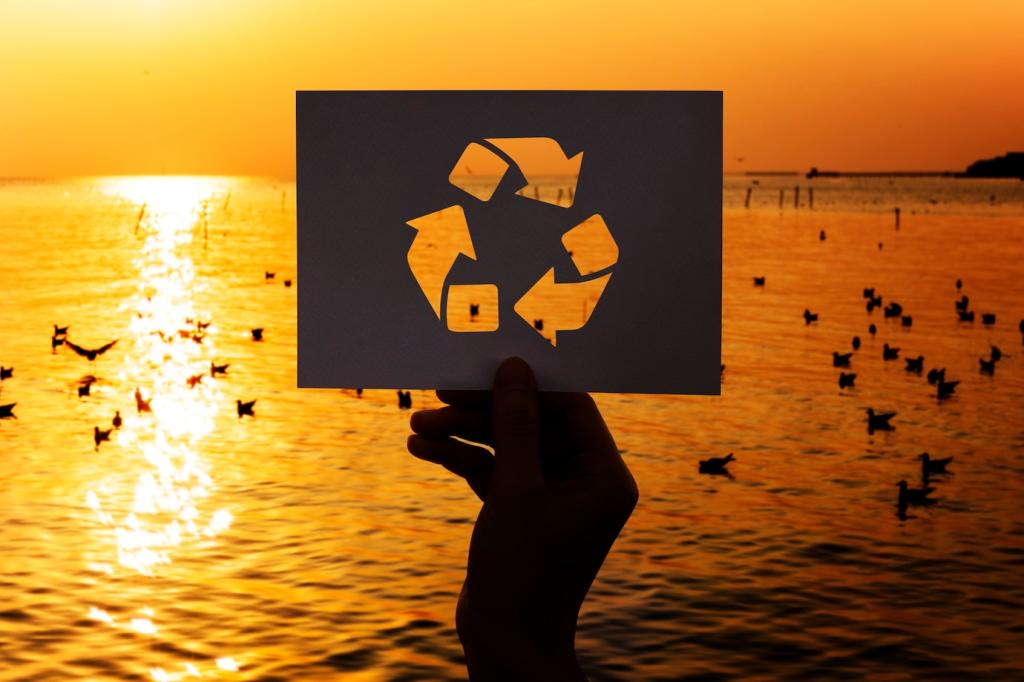
Packaging that aligns with your values
Choose concentrates in recyclable bottles or refill pouches to cut plastic waste. Pumps that deliver measured doses reduce overuse. Some brands print full ingredient disclosures to encourage mindful cleaning. Tell us which refill system you love most, and we’ll feature your tip in our next eco-friendly roundup.

DIY versus store-bought: striking a safe balance
Simple homemade mixes can work, but leather is unforgiving of guesswork. Overly alkaline soaps or citrus oils can etch finishes. A vetted biodegradable cleaner provides tested pH and stability. If you do DIY, keep dilutions mild, avoid essential oils on aniline, and share your controlled, successful recipes responsibly.
The orange juice rescue on a movie night
A family knocked a full glass across a caramel leather sectional. Quick blotting, a diluted sugar-based surfactant, and patient circular passes lifted the sticky film without smearing dyes. The finish stayed silky. Their takeaway: timing and gentle chemistry beat panic. What spill did you tame this week?
Vintage club chair, modern care routine
A reader restored their grandfather’s aniline club chair with a minimalist regimen: dust weekly, clean monthly with a mild biodegradable formula, condition quarterly. The patina deepened instead of dulling, and the leather stopped squeaking from dryness. They swear by microfiber mitts and a timer to prevent overwetting delicate panels.
Neighbors, snacks, and a cleaning club
An apartment lounge started a quarterly leather care night: share a safe biodegradable cleaner, set bowls of warm water, and swap microfiber cloths. Folks traded label-reading tips and learned to spot finishes. Join our newsletter to download their step-by-step guide and host your own friendly, sustainable cleanup session.
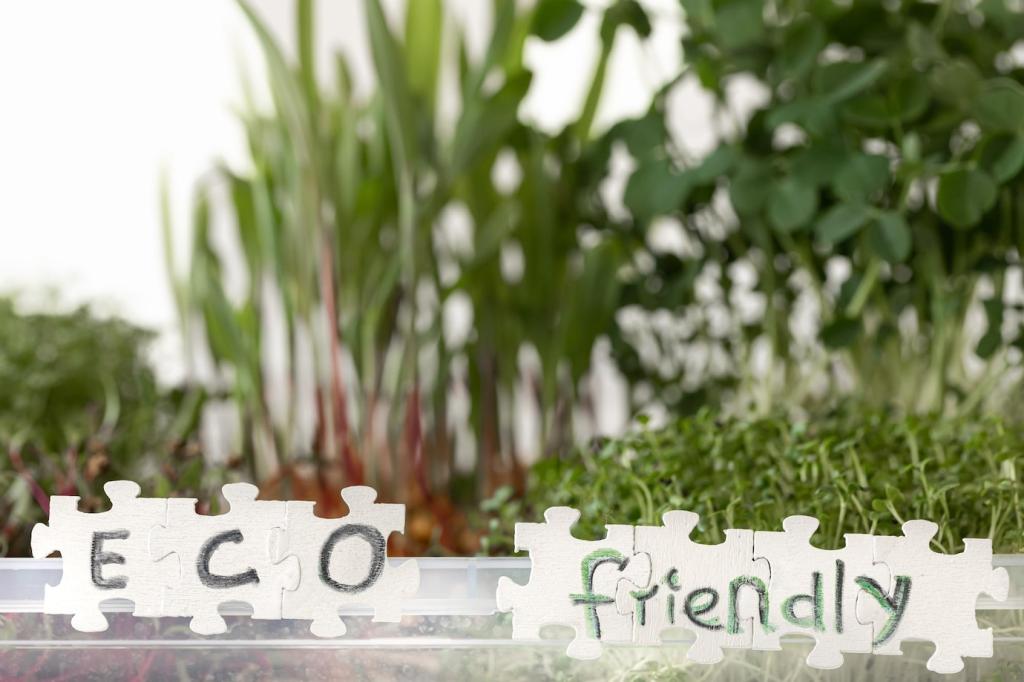
Smart Buying And Long-Term Care
Scan for plant-based surfactants, clear dilution guidance, and avoidance of optical brighteners or ammonia. Transparency builds trust. If a brand lists pH range and material compatibility, that’s a strong signal. Keep a note on your phone and compare labels in-store, then report your finds to our community thread.
Smart Buying And Long-Term Care
Aniline leather is porous and rewards the most delicate touch; semi-aniline has light protection; pigmented has a durable coating. Biodegradable formulas work across types, but dilution and dwell time vary. When unsure, start weaker, wipe sooner, and build up carefully. Comment with your finish type for tailored tips.
Smart Buying And Long-Term Care
Deep ink, dye transfer, or sun-hardened panels may need a pro. Ask about biodegradable options, pH-tested methods, and finish-safe techniques. A reputable specialist will discuss patch tests and aftercare. Save this checklist, and subscribe so you never miss our seasonal reminders for safe, sustainable leather maintenance.
